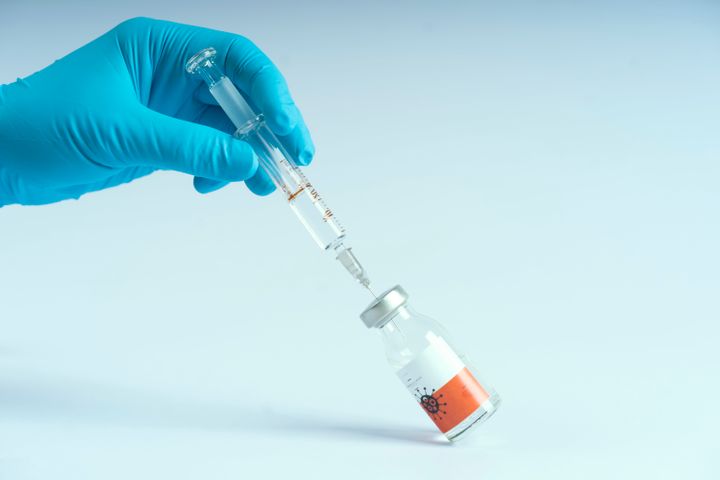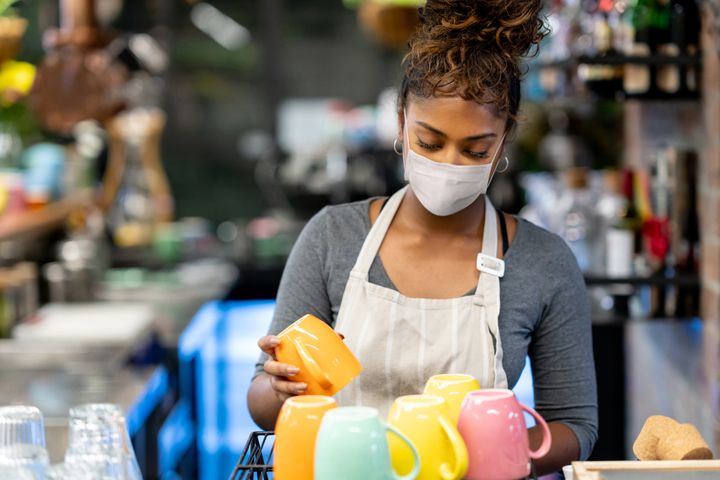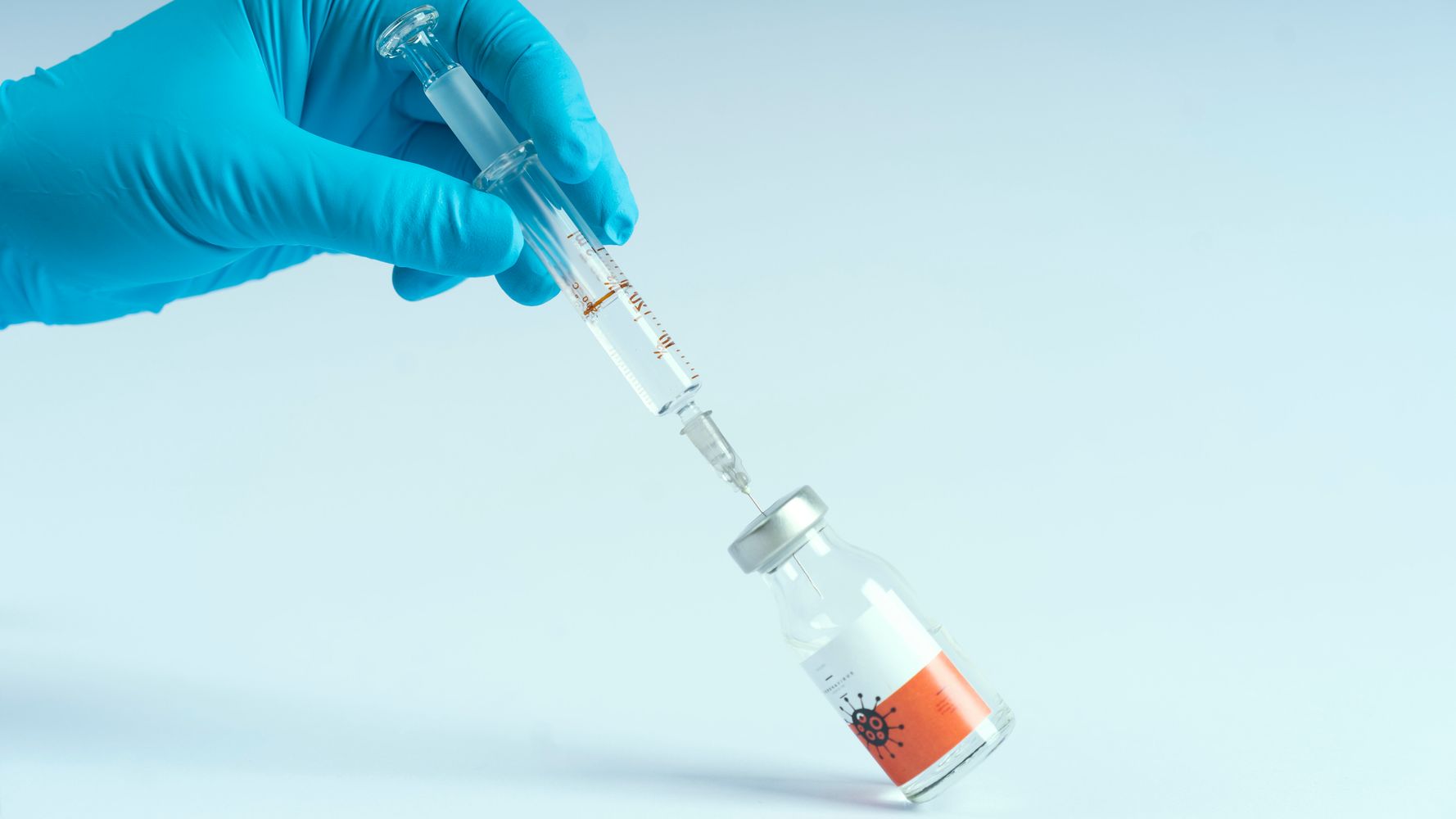[ad_1]
It’s become pretty clear that unless some sort of miracle takes place, we aren’t going to really dig ourselves out of the coronavirus pandemic without a vaccine.
Fortunately, researchers have been hustling to design, test and eventually mass-produce a vaccine that’ll bring us some immunity against COVID-19. Initial evidence on the safety and effectiveness of some of the potential vaccines is promising. As Dr. Anthony Fauci, director of the National Institute for Allergy and Infectious Diseases, said, it’s something to be “cautiously optimistic” about.
Still, there’s no guarantee that any of the vaccines now being tested will do the trick. We need more clinical trials. To carry out those trials, researchers need tons of volunteers — people of all ages, genders, ethnicities and backgrounds — to ensure that the final vaccines work across the general population.
How potential COVID-19 vaccines are clinically tested.
Each vaccine has to be studied in multiple rounds of testing to ensure that it’s both safe and effective.
In Phase 1, scientists look to see if the vaccine causes any problematic side effects or reactions in people. If things look good, the vaccine moves into Phase 2, which evaluates how much and how often people would need to get vaccinated. If the results are promising, Phase 3 kicks off to determine if the vaccine can actually prevent an infection when people are out in the real world. Phase 4 examines how the vaccine performs in specific groups like pregnant women and children.
A vaccine that can prevent COVID-19 altogether would be ideal, but researchers would also be pleased to develop one that reduces the severity of the coronavirus infection, according to Jim Kublin, an infectious disease researcher at the Fred Hutchinson Cancer Research Center and the executive director of the operations program for the National Institutes of Health-funded COVID-19 Prevention Network (CoVPN).
Pharmaceutical companies, including AstraZeneca, Johnson & Johnson, Pfizer, Moderna and Novavax, are in different stages of this process and recruiting for the various trial phases.

What it’s like to be a vaccine trial participant.
Before you get accepted as a volunteer for a vaccine trial, you will get screened to ensure you’re in good health. First up is a brief phone screening, and if you pass that, you’ll undergo an in-person screening, which may include a physical. If you get the green light (and some will on the same day as the in-person screening, depending on the trial), you will have blood drawn and receive the first dose of the vaccine via an injection, Kublin explained.
Then, you go home and record any symptoms or side effects (think: a rash, pain at the injection site, a slight fever). This goes on for a few weeks, at which point you go back to the trial site for a quick health exam, have some more blood drawn and receive the second dose, which boosts the vaccine’s effect. You continue tracking your symptoms for a few more weeks.
After that, unless you have symptoms or side effects that require further evaluation, all that’s required from you is a quick blood draw every three to six months for up to two years to see if your immune response holds up or wanes, according to Kublin. (Some trials may involve more frequent blood draws; it depends on what the researchers are looking for.)
Andrew Rubin, the senior vice president for clinical affairs and ambulatory care at NYU Langone, has been participating in a Phase 1 clinical trial. He said the process has been relatively simple. Other than the first appointment, which lasted three hours, each subsequent appointment was only a half-hour long.
After both injections, Rubin developed mild flu-like symptoms — a slight fever, some aches and pains.
“Prepare yourself to feel not 100% for a day, for 24 hours,” said Rubin, adding that he didn’t know if that would happen in other trials.
In any case, Rubin said he’d do it all over again. He said he felt “totally safe, totally monitored, and exceptionally well cared for.” (Note that in Rubin’s trial, researchers were testing various dosage levels of the vaccine, so he may have received a higher dose than what participants in subsequent trials of that vaccine would receive.)
If you happened to get infected with the virus (say, from a family member or on the job) while you were participating in the vaccine trial, you would either quarantine at home or be treated in a health facility. “We’re paying an immense amount of attention and effort to ensure that participants in these clinical trials who do get infected are monitored as closely as possible,” Kublin said.
But keep this in mind: The vaccines themselves cannot give you COVID-19 as they don’t actually contain any of the coronavirus itself. A vaccine is designed to turn on your immune system and go after the virus if you are exposed.
Rubin said he got involved because he wanted to give back to all the health care workers on the front lines who’ve been battling COVID-19 and putting their own lives at risk. “I wanted to be able to say I contributed to the effort to stop this crisis,” he said.
Volunteers do get compensated for their time. Kublin said most trials pay about $50 per appointment, which can amount to anywhere from $500 to $1,200 for the full trial.

How to sign up if you’re interested in being a vaccine trial volunteer.
There are some qualifying factors for participants. You must be at least 18 years old and you can’t be pregnant or breastfeeding. The trials may also be too risky for people who are severely immunocompromised — i.e., you have cancer or take immunosuppressives. You can’t have a history of being allergic to vaccines and you won’t be able to take certain contraceptives for at least a portion of the trial.
Researchers need a range of people to participate. Besides individuals of all genders, ages and ethnicities, they want people in good health and those with preexisting health conditions like heart disease and diabetes. Individuals with HIV that is virally controlled also make strong candidates. And the trials need to include people of color as COVID-19 is disproportionally impacting those communities.
It’s worth noting that researchers do not encourage any of the volunteers to go out and try to get infected. Though they hope the vaccines are protective, there’s no guarantee yet. They are, however, looking for people who may potentially be exposed due to their work and living situations.
Before you enroll, you could also read up on how the clinical trials for a COVID-19 vaccine are going. Many companies are well into the research process and it may be helpful to review their initial testing results.
The easiest way to sign up is to visit CoVPN’s website, which is currently recruiting people for Phase 3 trials. You can also visit www.CovidStudies.org to see if there are any trials in your area.
“We really would like people to register,” Kublin said. “We do need literally millions of people to volunteer now.”
Experts are still learning about the novel coronavirus. The information in this story is what was known or available as of press time, but it’s possible guidance around COVID-19 could change as scientists discover more about the virus. Please check the Centers for Disease Control and Prevention for the most updated recommendations.
A HuffPost Guide To Coronavirus
[ad_2]
Source link

